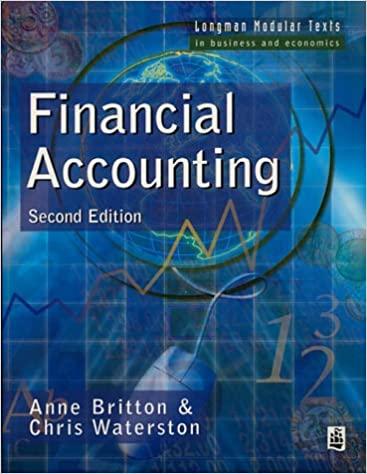Question
1. Assume the following balance sheet for a commercial bank: Assets Liabilities Reserves 100 Demand Deposits 1000 Government Bonds 400 Time Deposits 500 Mortgages 1000
1. Assume the following balance sheet for a commercial bank: Assets Liabilities Reserves 100 Demand Deposits 1000 Government Bonds 400 Time Deposits 500 Mortgages 1000 Commercial Paper 400 Loans 500 Capital 100 Remember, for the balance sheet to balance, assets=liabilities + capital (or shareholder equity) The reserve requirement is 10% of demand deposits.
a. Suppose the bank is required to keep 15% of its risk-weighted assets in the form of capital. The risk weights are 0 for reserves and government securities, 20% for mortgages and 100% for loans. Does the bank have enough capital?
b. Suppose the bank earns a 2% return on its holdings of government securities, a 4% return on its mortgages and a 9% return on its loans. What is the banks return on equity?
c. Suppose the bank wants to increase the amount of its capital. Explain one way that it could do this.
d. Suppose the value of the mortgages falls to 900 because some of the borrowers default on their payments. Discuss the effect this will have on the balance sheet and solvency of the bank.
e. Discuss options the bank can pursue if they run into liquidity (but not solvency) issues. Which options would the bank prefer and why?
Step by Step Solution
There are 3 Steps involved in it
Step: 1

Get Instant Access to Expert-Tailored Solutions
See step-by-step solutions with expert insights and AI powered tools for academic success
Step: 2

Step: 3

Ace Your Homework with AI
Get the answers you need in no time with our AI-driven, step-by-step assistance
Get Started


